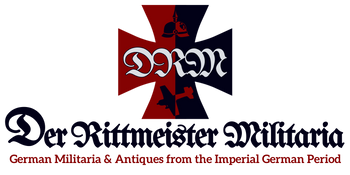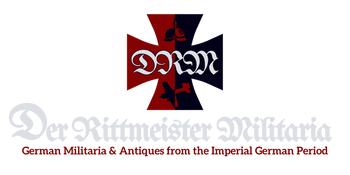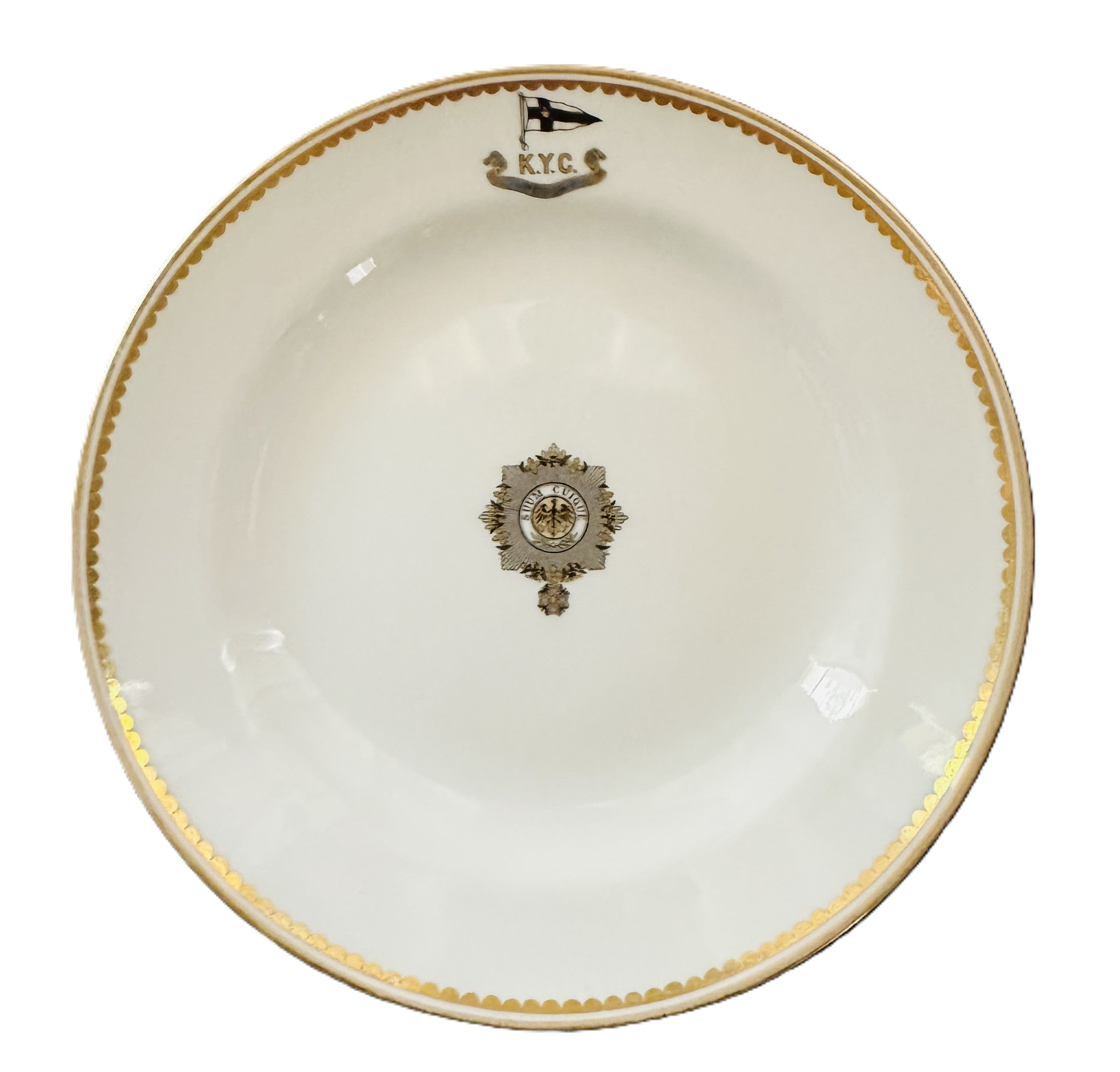A Feast for the Empire
“The dining room is where we celebrate our heritage, and at the Emperor’s table, we honor Germany itself.”
— Kaiser Wilhelm II, 1907
The grandeur of Imperial Germany extended beyond the battlefield and the throne room to the dining table. For the aristocracy and military elite, elaborate banquets were opportunities to showcase power, tradition, and national pride. Meanwhile, the average German soldier or citizen experienced mealtimes that reflected the realities of war and economic strain. From the Kaiser's elaborate feasts to the field rations of soldiers, the story of food in Imperial Germany offers a unique window into the daily life and culture of the era.
The Kaiser's Banquets: A Culinary Spectacle
Kaiser Wilhelm II, the last German Emperor, was known for his opulent lifestyle, and his state dinners were no exception. These grand affairs often involved dozens of courses, served with military precision in gilded dining halls adorned with imperial crests and flags. Menus were meticulously planned, featuring dishes that celebrated regional German cuisine while also demonstrating the empire’s wealth and sophistication.
A menu from a 1908 state banquet held in Berlin included:
- Consommé à la Royale (a clear soup garnished with quail eggs)
- Rheinischer Sauerbraten (a marinated roast with a tangy sauce, paired with fine wines from the Rhine Valley)
- Wildschweinbraten (roast wild boar)
- Apfelstrudel mit Vanillesauce (apple strudel with vanilla sauce)
Such meals were not only about indulgence but also about diplomacy. Wilhelm II believed that a well-fed guest would be a well-satisfied ally.
Food for the Common Soldier
While the Kaiser dined on the finest delicacies, soldiers in the trenches were sustained by much simpler fare. The standard ration for a German infantryman during World War I consisted of:
- Black bread
- Potatoes
- Turnip soup (often referred to as “Steckrüben-Eintopf”)
- Occasional meat or sausage
Supplies often fell short as the war dragged on, leading to inventive and sometimes grim substitutions. Soldiers frequently wrote about their meals in letters, some with humor and others with frustration. A letter from a Bavarian soldier at Verdun in 1916 described the monotony:
“I dream of buttered bread and real beer. Here, we have turnips every day, boiled, mashed, or roasted. I fear I may become a turnip myself before this war is over.”
The Home Front: A Battle for Sustenance
For civilians, food shortages became a defining feature of life during the Great War. The Turnip Winter of 1916–1917 was particularly dire, as the British naval blockade restricted Germany’s imports, leading to widespread hunger. Turnips, once considered animal fodder, became a staple for many families, used in soups, breads, and even as a coffee substitute.
Despite the hardships, German families found ways to celebrate traditional meals during holidays and festivals. Christmas, for instance, remained a time for indulgence, with households saving flour and sugar rations to bake Lebkuchen (gingerbread) and Stollen (fruitcake).
Regional Delicacies of the Empire
Imperial Germany was a mosaic of cultures, each with its own culinary traditions. From the hearty stews of Bavaria to the fresh seafood of Prussia, food was a reflection of regional pride and diversity.
-
Bavaria: Known for its rich stews, sausages, and beer.
- Featured Dish: Weißwurst (white sausage served with sweet mustard and pretzels).
-
Prussia: Famous for its use of freshwater fish and pickled vegetables.
- Featured Dish: Königsberger Klopse (meatballs in a creamy caper sauce).
-
Rhineland: Renowned for its wine culture and tangy dishes.
- Featured Dish: Sauerbraten (marinated beef roast).
Artifacts from Imperial German Kitchens
The material culture of food in Imperial Germany—menus, cookbooks, and dining wares—offers a glimpse into how people prepared and celebrated meals.
-
Menus and Cookbooks:
- Original menus from state banquets or restaurants highlight the era’s culinary tastes.
-
Featured Artifact for Sale:
- 1905 Imperial Banquet Menu: An ornate menu featuring gold leaf detailing and Wilhelm II’s personal crest.
-
Tableware:
- Items like engraved cutlery, porcelain plates, and beer steins were common in both aristocratic and middle-class homes.
-
Featured Artifact for Sale:
- Imperial German Beer Stein: A lidded stein featuring military motifs and the date 1914.
-
Trench Utensils:
- Simple tools used by soldiers, often marked with their regiments.
-
Featured Artifact for Sale:
- German Soldier’s Mess Kit (1916): A well-worn kit, complete with its original fork and tin cup.
Food as a Reflection of Empire
From the extravagance of the Kaiser's table to the ingenuity of the home front, the story of food in Imperial Germany is one of contrasts. It reveals the resilience of a people striving to maintain tradition and dignity in times of plenty and hardship alike. Whether through grand banquets or modest meals, food connected Germans to their culture, their families, and their empire.
Explore our collection of original artifacts from the kitchens, dining rooms, and trenches of Imperial Germany, and uncover the stories behind the meals that sustained an empire.


